Becoming an Entrepreneur
How I ended up an entrepreneur doing science instead of becoming an academic
Over the years, I’ve often been asked how I ended up as an entrepreneur doing science instead of becoming an academic.
When I was young enough to consider a career in polar bear biology in the late 1970s — which I certainly did, enthralled as I was with polar bears even then — I knew I couldn’t afford the cold-weather gear needed to work in the Arctic.
Instead, as I described in my previous essay, in 1975 I took up the offer made by the head of the Archaeology Division of the Royal B.C. Museum in Victoria to join their team. I had exactly the diverse scientific background they were looking for plus an ability to work without constant supervision. By the time I’d completed my Bachelor’s degree in 1976, I was earning a good salary as a temporary government employee doing archaeozoology — and seemed to be well on my way to a promising career.
However, after two years at the museum, it was evident that a future there was unlikely. There was no budget for making my position permanent. Critically, the government union had finally won a demand that temporary employees be paid the same benefits as permanent ones, which meant I could no longer be hired on a year-to-year basis.
I wasn’t sure what I was going to do.
In retrospect, it turned out to be good timing that the end of my museum tenure coincided with my boss and I getting pregnant. Our children were born six days apart in January 1981, a boy for me and a girl for her. We hung out together a lot during those early years of motherhood, when we’d talk about our professional interests and future prospects in the two-minute sound bites that make up conversations between mothers with infants. We both got pregnant again soon afterwards, and in 1983, our second children were born six weeks apart: a girl for both of us.
Gay got maternity leave with her first pregnancy because she had been a permanent museum employee. But I had only the temporary benefits from government Unemployment Insurance. She also had a Ph.D., which gave her a strong advantage if she decided to re-enter the job market when her kids got older.
Because I only had a BSc, I felt if I stopped working for too long, the huge advantage I’d gained from my unique museum experience would fade rather quickly. So, borrowed a few specimens from the museum collection and took on a few short-term contracts doing bone identification at home, which not only kept me in the game but generated some much-needed income.
Twice during this period, when there were no other options, I took on the role of cook for summer archaeological field expeditions, taking my kids with me.
The first of those adventures took place in Barkley Sound with my 18 month old son and the 14 year old girl who had been our regular babysitter at home. Her mother had said to me, “Take her with you to help with the baby and if she feels she needs to be paid, I’ll pay her.” My husband came to visit during the two weeks holiday he got from his job in the city and had a blast.
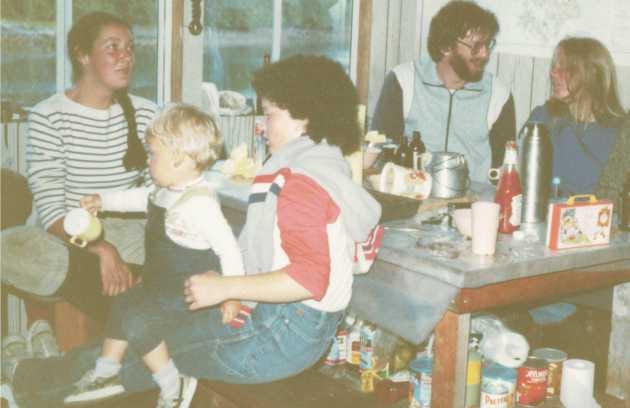
In the fall of 1984, I found a neighbour with kids of similar age who could watch them a couple days a week on a regular basis so that I could do some bone identification work. Once the kids were three and five years old, the preschool I sent them to added a half-day kindergarten program and full-time daycare afterwards, which made it possible for me to take on more contract work.
The cost of the daycare meant I wasn’t taking home much money but I was getting more experience and keeping my hand in the game.
However, by the late 1980s, the archaeology contract work had inexplicably dried up and it wasn’t entirely clear if it would ever pick back up. I considered going back to school for a year to qualify as a high school biology teacher but decided it really didn’t suit me.
Then I saw an ad for a part-time job as a ‘science teacher’s aide.’ The job entailed providing backup technical support for the six science teachers at a large local high school for 5 hours a day. I would get holidays and summers off, but without pay. With both my kids in school, I wouldn’t have to pay anything for childcare, so I could keep what I made. I wasn’t sure I was actually qualified but figured it was something I could probably do.
I was surprised to be short-listed for the job and endured a rather discouraging interview. To virtually all the questions I was asked during the meeting, I had the same answer. No, I didn’t do photography; no, I didn’t know anything about computers or astronomy. I left feeling dejected.
The head of the science department called a few hours later and offered me the job. I was so astonished I responded with rather more emphasis than I’d intended, “But why?”
He said that after talking with all of the other candidates, the teachers realized that what they really needed was someone who could take instruction and work without supervision, so my maturity and unusual work experience stood out. He admitted to me a few months later that they’d only short-listed me because they’d been intrigued by my background but were delighted to realize they’d made the right choice.
It was a reasonably satisfying gig as far as it went. But I soon realized I was over-worked and underpaid because it really should have been set up as a full-time job. More importantly, being a lab technician wasn’t really what I’d aspired to be.
Gay and I had been talking more and more seriously about starting up a dedicated business identifying animal bones. There had been a marked shift going on within the archaeology field across North America about that time. Fewer and fewer excavations driven purely by research interests were being done by museums, universities, and government departments.
Instead, private archaeological contracting companies were springing up all over to compete for what are called ‘salvage’ contracts. Archaeological sites that in the past would have been bulldozed by developers were now protected by law virtually everywhere, and the developers had to pay for the excavation and analysis of the ancient material.
Gay and I thought that if we joined forces, we might be able to subcontract to these private excavation companies to do the identification and analysis of the animal bones recovered from the salvaged sites. At that time, the few people doing ancient bone identification in western North America were so highly specialized that they could only handle bird remains, or only mammals. No one else did fish except us which meant no other analysts except us could efficiently tackle mixed assemblages of fish, bird, and mammal bones under one roof.
Both my kids would soon be in school all day and I would be able to work fulltime for 10 months of the year if I had afterschool care.
My husband wasn’t thrilled with the prospect of me giving up the security of the high school lab assistant job even though the money wasn’t great. But I was convinced there was a better future in being self-employed.
Full disclosure: What he actually said was, “You can’t possibly give up a permanent, part-time job, that comes with a pension and gives you holidays and summers off!” and I said, “Just watch me.”
Gay and I invited Becky, another colleague doing similar contract work part time to join us and in 1988 we started up our company, which we called Pacific Identifications. Gay drew our raven skull logo, shown below. None of us wanted to work full time but someone was available, regardless of the time of year.
The one thing that truly made this proposition viable was opening a business account at a credit union that offered an automatic $5000 line of credit to members who owned a home (even if it was mortgaged). This gave our fledgling business access to $15,000 we wouldn’t have qualified for otherwise. It may sound like a small thing but in practical terms, it was huge.
It meant we could pay ourselves for hours worked every month even when a client hadn’t yet paid us, which simply never happened when we’d been working as independent contractors.
For me, it meant no more living off personal lines of credit and credit cards for months on end, then paying off the bills once the client paid up, more often than not leaving nothing left over to show for months of hard work. I was thrilled to put that stress behind me.
Within a year or so, largely due to word-of-mouth recommendations, we were getting all the contract work we could handle. Within a few years, I had to find childcare so I could work through the summer. We made an arrangement with the Anthropology Dept at the University of Victoria (where Becky was employed September to April), to pay them an annual ‘user fee’ in exchange for desk space and access to the comparative skeletal collection.
The 1990s and 2000s were my hey-day. On top of the day-to-day contract work, I travelled several times a year to promote our business in order to line up future contract work.
However, this meant I had to get over my inherent shyness in a hurry: the marketing activities I needed to do to let colleagues in the field know about our company were simply incompatible with being a wallflower.
Was there some kind of genetic component that kicked in here, given that my father had been a successful salesman? Perhaps. However, it was more likely I realized if he could do it, so could I. Pushing myself beyond my comfort level on a regular basis, I eventually came to rather enjoy the PR side of things.
Because our clients were largely academics or government scientists, virtually all of my profile-raising activities took place at academic conferences. Although my colleagues occasionally came along, most of the marketing fell to me because I was the one wanting work on a full-time basis.
My travels took me to conferences across the US and Europe, and even to New Zealand and Japan.
Sometimes, promoting our professional services took some ingenuity, especially we started expanding into doing work for biologists, such as identifying the stomach contents and foecal samples of predatory animals. On one occasion, I’d prepared a poster to present at a conference for marine mammal biologists that showed the results of several fish bone identification projects I’d done.
However, I was sure that a hands-on experience would impress better than pictures, so when I arrived at the huge banquet hall set aside for displaying posters, I dragged a table in from the hallway. There didn’t seem to be any rule against this, so I set up my poster plus several 5-gallon jars-worth of fish bones recovered from the stomach of a killer whale (Orca) that had died suddenly.
Afterwards, I realized that renting a table in the conference’s book room was more convenient and efficient. Over the next few years, I became a regular conference fixture amongst the book sellers and the trips always paid for themselves in new contracts.
By the time we finally joined the internet-set in the early 2000s or so and created a website, we found it worked even better than conference visits and business cards. Potential clients were hearing about us from their colleagues, and only needed to remember “Pacific ID” to find our contact details online.
Eventually, we were so well-know within the archaeological and biological communities we served that I stopped attending conferences altogether. Our international reputation, word-of-mouth recommendations, and the website still generate all the work we can handle.
Diversifying from doing only archaeological work in the early days, to doing biological contracts as well, balanced out the often-inexplicable ups-and-downs in funded projects that seem to plague both fields occasionally. These days, Gay is fully retired, Becky does virtually all the salvage archaeology work, and I still find time to do fish bone IDs for biologists, which I’ve found I prefer.

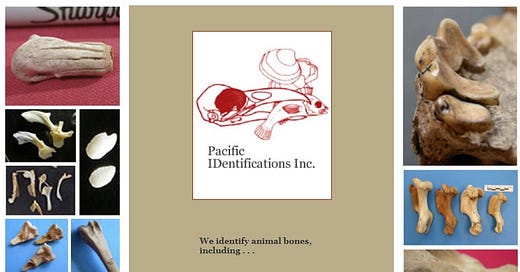



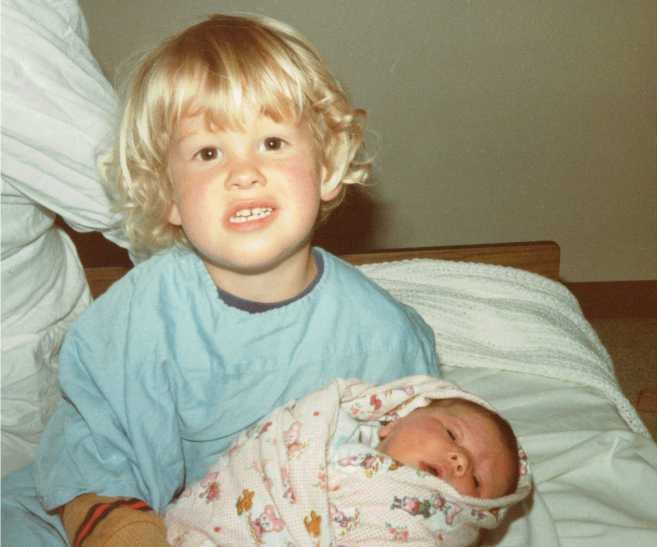

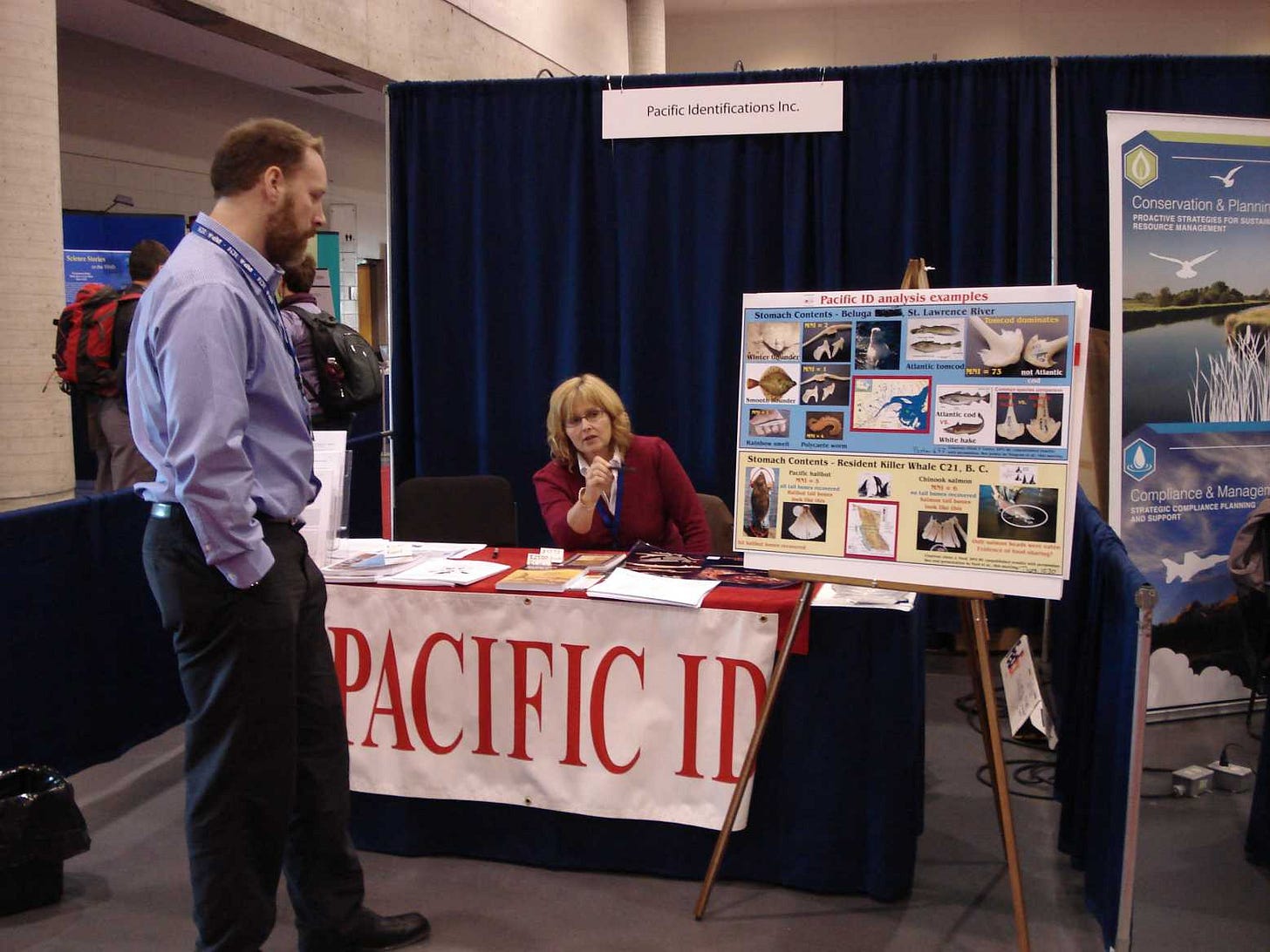
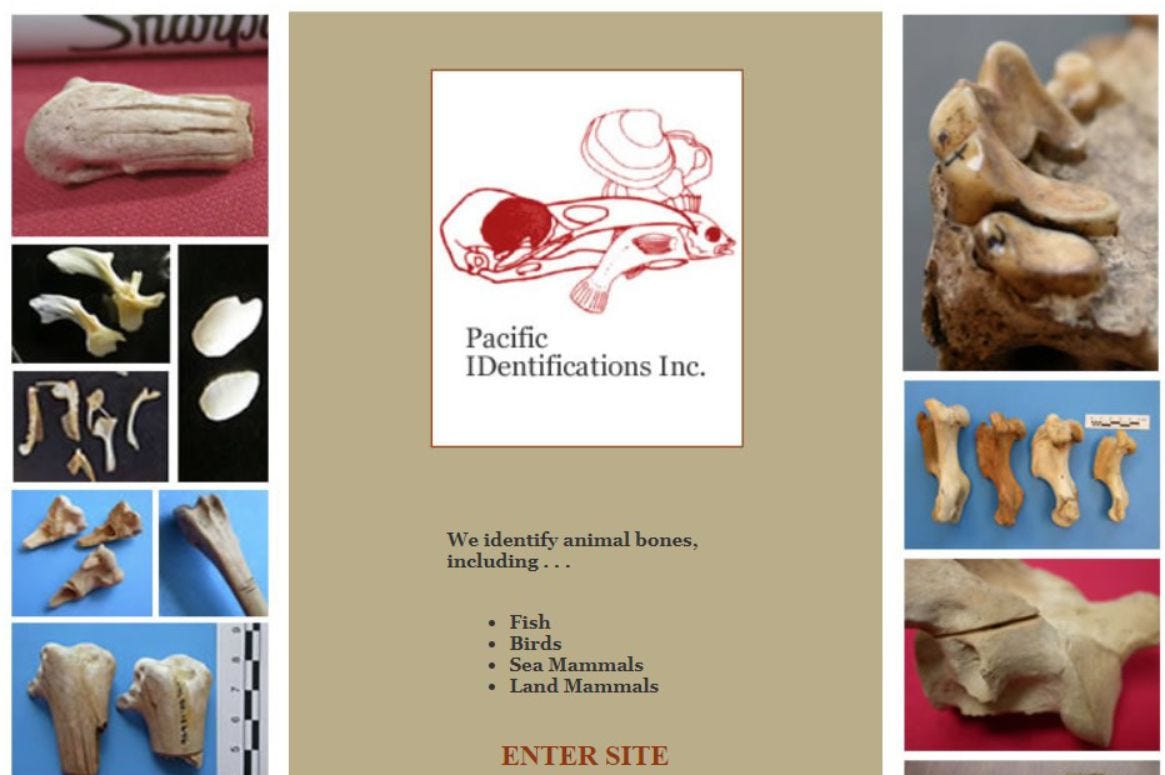
Great story -- lovely family photos. Best of luck with this substacking effort!